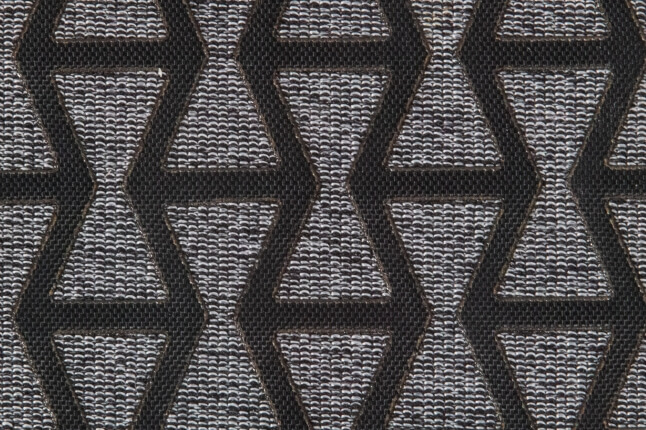News
As the 3D printing of nanoscale objects gets better and better, scientists are beginning to run up against the limits of physics. Physics constrains the smallest volume of “ink” that can be produced by a 3D printer and physics subjects the nanoscale object to damaging forces during printing and the post-print processing.
Researchers interested in printing ever smaller objects can’t break the laws of physics, but they can figure out a way around them. Researchers from the Harvard John A. Paulson School of Engineering and Applied Sciences (SEAS) have developed a technique to overcome some of the constraints posed by nanoscale printing and make objects that are more delicate, complex, and smaller than ever before.
The research is published in the journal Small.
The full flower after the sacrificial scaffold has been removed. The 3 micron diameter stem supports the comparatively large petals, that stretch 400 microns end to end with a thickness of just 500 nanometers. (Andrew Gross/Harvard SEAS
“Before this research, we couldn't use 3D printing to make objects with nanoscale features that are as complex and delicate as those that can be made with desktop 3D printers at larger scales,” said Andrew J. Gross, a postdoctoral fellow at SEAS and first author of the paper. “Now we can make objects with features less than 100 nanometers across and geometry that is so extreme that it would be a challenge to fabricate at any scale with a desktop 3D printer.”
The researchers demonstrated their technique by printing delicate, nanoscale flowers.
In the two-step technique, the researchers first printed objects at a slightly larger scale with a 3D printing method known as two-photon polymerization (TPP), which uses very short, precise bursts of lasers to build structures within a material. Then, to convert the extreme precision of a TPP system to truly miniscule feature sizes, they etched down the structures with oxygen plasma, from 1,400 nanometers to 40 nanometers.
Fabrication without the use of a scaffold for stabilization results in large errors as the delicate stem bends from flow in the liquid photoresist. (Andrew Gross/Harvard SEAS)
“While the smallest voxel that can be printed with our commercial TPP system resembles a 500 nanometer long football, we can actually position these voxels with around 10 nanometers of precision,” said Gross. “This precision is the critical attribute of typical TPP that allows our post processing technique to thin down structures to such a small size.”
In addition to thinning down the material, the researchers also printed and etched removable support structures, like scaffolds, that secure the nanoscale object and protect it from damage during post-print processing.
“This technique provides a pathway to realize structures that otherwise are too delicate to be fabricated with TPP,” said Katia Bertoldi, the William and Ami Kuan Danoff Professor of Applied Mechanics at SEAS and senior author of the paper. “It provides new freedom for the fabrication of small-scale objects that will be useful for optical devices, medical devices, microrobots, and nanoarchitected materials.” Bertoldi is also an Associate Faculty member at the Wyss Institute for Biologically Inspired Engineering of at Harvard University.
The blossom of a 3D printed flower with nanoscale features that requires the newly developed sacrificial scaffolding in order to be fabricated. The beams in the scaffold are just 380 nanometers wide. (Andrew Gross/Harvard SEAS)
Topics: Materials
Cutting-edge science delivered direct to your inbox.
Join the Harvard SEAS mailing list.
Press Contact
Leah Burrows | 617-496-1351 | lburrows@seas.harvard.edu





